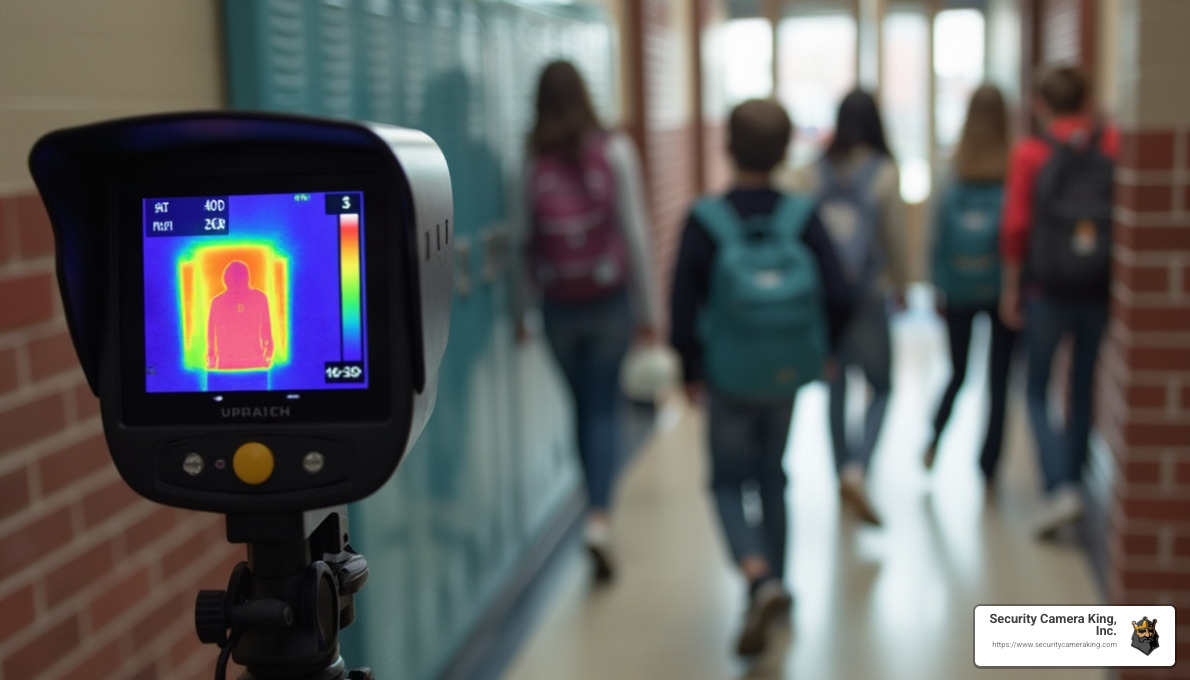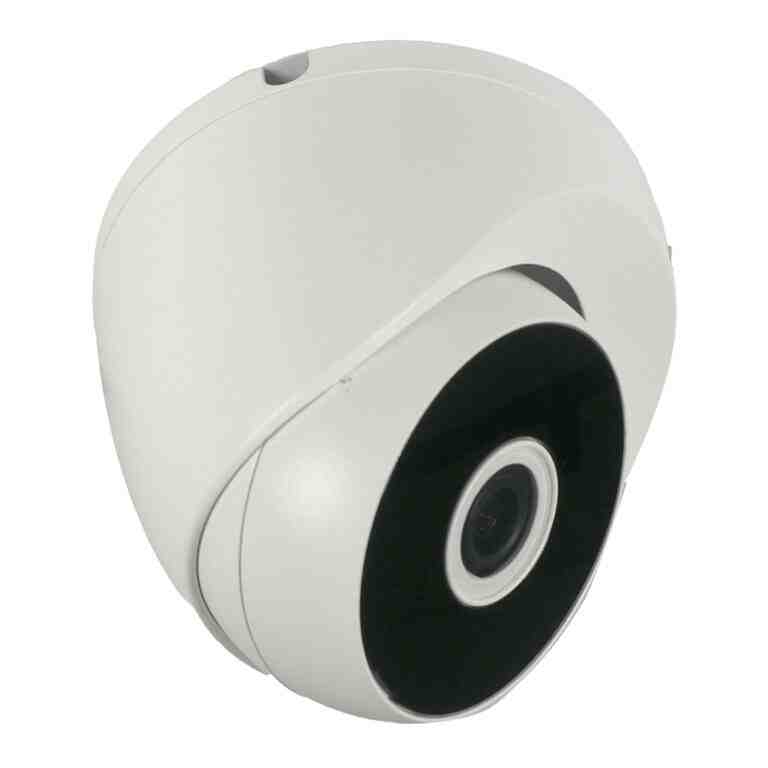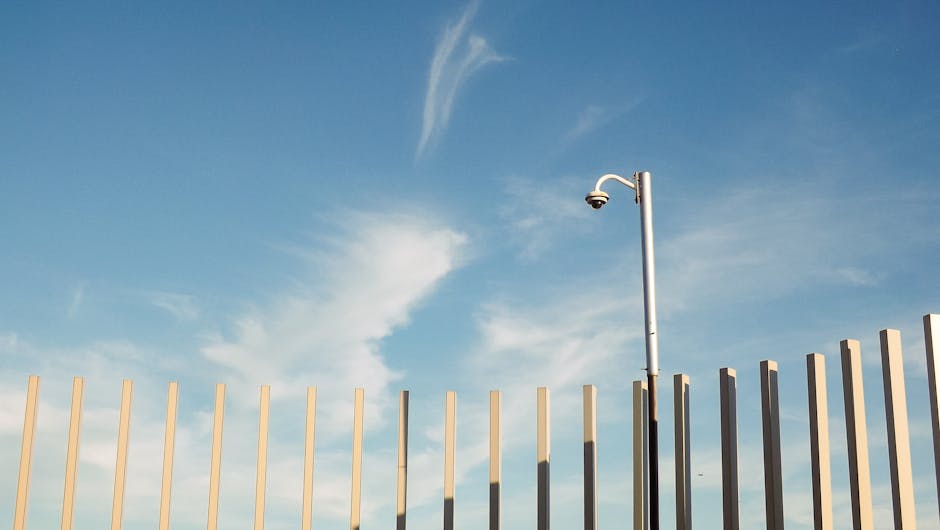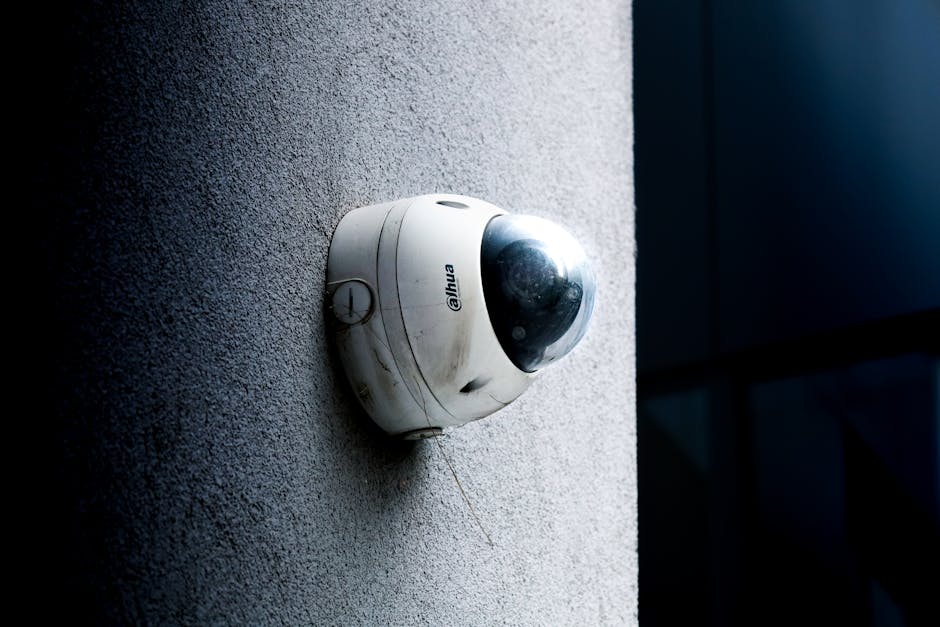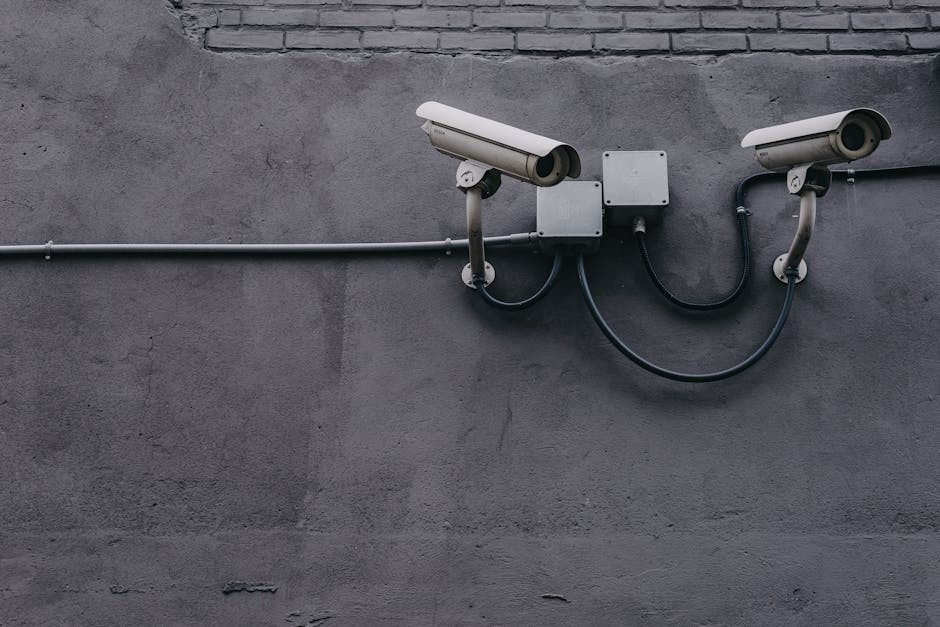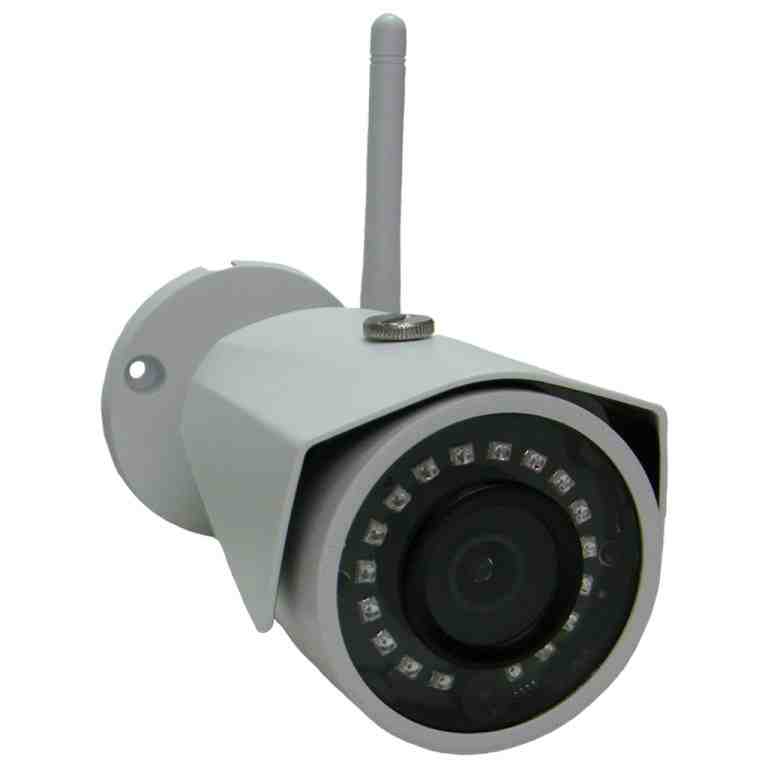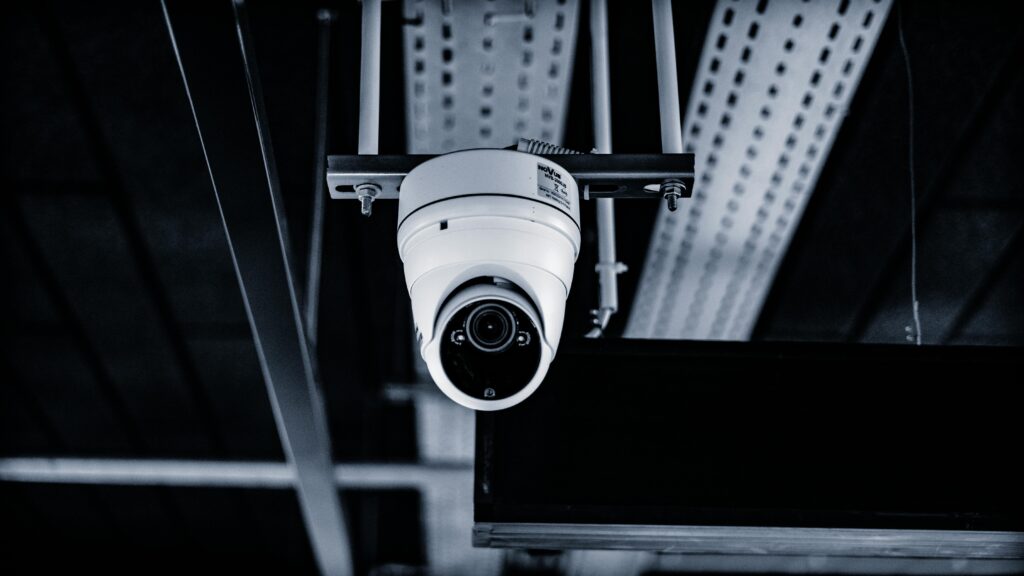Thermal cameras for schools are crucial in promoting safety and well-being within educational environments. As schools navigate reopening amidst COVID-19 concerns, thermal cameras play a vital role. These devices provide a non-invasive method to detect elevated body temperatures, potentially indicating a fever — an early sign of infection. Here’s how they contribute:
- Non-Contact Temperature Screening: Efficiently identifies and manages potential health risks.
- Continuous Monitoring: Maintains constant vigilance at school entrances and other strategic locations.
- Enhanced Safety Measures: Complements safety strategies alongside masks and sanitizers.
These features underscore the significance of incorporating thermal imaging technology into school safety plans.
With experience at Security Camera King, Inc., in Boca Raton, FL, I have seen firsthand the impact of thermal cameras in schools, reinforcing the insights shared in this article.

Thermal cameras for schools terms to remember:
Understanding Thermal Cameras
Thermal cameras are innovative devices that utilize infrared technology to detect heat signatures. These cameras do not capture visible light like conventional cameras but instead, sense the infrared spectrum, which is invisible to the naked eye. This capability allows them to measure temperature variations from a distance, offering a distinct advantage in various applications.
How do they work?
Infrared technology enables thermal cameras to ‘see’ heat. Every object emits infrared radiation, and the amount of radiation increases with temperature. Thermal cameras capture this radiation and convert it into an image where different temperatures are represented by different colors. This color-coded imagery is crucial for identifying temperature anomalies, such as overheating equipment or locating individuals in low visibility conditions.
Temperature Measurement
Thermal cameras are highly accurate in measuring temperature, capable of detecting variations as small as 0.5 degrees Celsius. This precision is particularly useful in environments like schools, where identifying even minor temperature changes can be critical. For instance, at a school entrance, a thermal camera can continuously scan entering students. If a higher-than-normal temperature is detected, the system can alert staff for further assessment, thereby maintaining a safer environment during health crises like the COVID-19 pandemic.
By integrating thermal cameras, schools can proactively monitor and manage health risks, complementing other safety measures such as masks and hand sanitizers. This technology not only supports a non-invasive approach to health monitoring but also enhances overall safety protocols.
Thermal Cameras for Schools
Thermal cameras are increasingly vital in educational settings, providing non-contact screening to enhance student safety. As schools face new health challenges, these cameras serve as a crucial tool for maintaining a healthy environment without direct contact.
Fever Detection
A primary function of thermal cameras in schools is the detection of fevers, which often indicate potential health issues. By measuring elevated body temperatures as students enter the facility, the cameras help in quickly identifying individuals who may need further health assessment, thus preventing the spread of infections.
Student Safety
Beyond fever detection, thermal cameras contribute to broader safety measures by offering real-time data on body temperatures. This continuous monitoring throughout the school day ensures that any sudden health changes are promptly addressed, maintaining a secure environment for both students and staff.
The non-invasive nature of thermal imaging technology minimizes the risk of cross-contamination compared to traditional methods, such as oral thermometers, which require physical contact and sterilization between uses.
Incorporating thermal cameras into school safety protocols reassures parents and staff of the institution’s commitment to health and safety, making them an indispensable part of modern educational infrastructure.
Benefits of Using Thermal Cameras in Educational Settings
Thermal cameras offer several advantages in schools, enhancing safety and health monitoring. Here’s how:
Early Detection
Thermal cameras can identify liftd body temperatures, a common fever symptom, before other signs appear. This early detection is vital in a school environment where illnesses can spread quickly. By catching potential health issues early, schools can take immediate action to prevent outbreaks. For example, during the COVID-19 pandemic, the World Health Organization has used thermal imaging for spot-checking staff, highlighting its effectiveness in early detection.
Non-Invasive Screening
Unlike traditional thermometers, thermal cameras provide a non-contact method for temperature checks. This means no physical interaction is necessary, reducing the risk of spreading germs. It’s a quick and easy process, allowing students to move through entry points without delay. Non-invasive screening is particularly valuable in schools where large numbers of students need to be screened efficiently.
Continuous Monitoring
One of the standout features of thermal cameras is their ability to monitor continuously. This means they can provide ongoing surveillance throughout the school day. Continuous monitoring ensures that any sudden changes in a student’s temperature are noticed immediately, allowing for prompt intervention. This capability is crucial in maintaining a safe environment, as it helps schools respond quickly to potential health risks.
Incorporating thermal cameras for schools not only aids in maintaining health standards but also supports a proactive approach to safety. By integrating this technology, schools demonstrate a commitment to protecting students and staff, fostering a secure and healthy learning environment.
Implementation Strategies for Schools
Implementing thermal cameras for schools involves strategic planning to ensure they effectively improve safety and health monitoring. Here’s how schools can approach installation, entrance monitoring, and alert systems:
Installation Types
Choosing the right installation type is crucial for maximizing the effectiveness of thermal cameras in a school setting. Schools can opt for:
- Hand-held cameras: These are portable and can be used flexibly around the school. However, they require staff to operate them, which might not be practical during busy times.
- Mounted cameras: These are fixed at specific locations, such as entrances. They offer continuous monitoring without the need for constant human operation. Mounted cameras are ideal for high-traffic areas where students and staff frequently pass through.
- Integrated systems: These combine thermal cameras with existing security systems. This integration allows for seamless operation and monitoring, enhancing overall school safety.
Entrance Monitoring
Focusing on entrance monitoring is essential for managing the flow of people into the school. Here’s how schools can implement it effectively:
- Single-entry point: Directing all foot traffic through a monitored entrance ensures that everyone entering the school is screened. This setup simplifies the process and reduces the chance of missing anyone.
- Real-time alerts: When a thermal camera detects an liftd body temperature, it instantly sends an alert. This alert can notify school health officials to take further action, such as conducting a secondary screening with a clinical-grade thermometer.
- Flow management: By using thermal cameras at entrances, schools can manage the flow of students and staff efficiently. This helps prevent congestion and ensures that everyone is screened promptly.
Alert Systems
An effective alert system is vital for responding quickly to potential health risks. Here’s how schools can set up alert systems:
- Visual and audible alarms: These alarms provide immediate notifications when a person with a high temperature is detected. This prompt alert allows staff to act quickly and direct the individual to a re-inspection area.
- Data integration: Alerts can be integrated with school management systems to log incidents and track patterns. This information can help schools make informed decisions about health and safety protocols.
- Customizable thresholds: Schools can set specific temperature thresholds for alerts, allowing them to adjust based on current health guidelines and needs.
By carefully planning and implementing these strategies, schools can effectively use thermal cameras to improve safety and health monitoring. This proactive approach not only helps in early detection of potential health issues but also reinforces a commitment to creating a safe learning environment for everyone.
Frequently Asked Questions about Thermal Cameras
Is it illegal to have a thermal camera?
No, owning a thermal camera is not illegal. However, there are some state regulations to be aware of, especially concerning privacy. Thermal cameras do not capture detailed images like regular cameras; they detect heat signatures. This means they can’t be used for invasive surveillance, which helps to alleviate many privacy concerns.
In some regions, hunting restrictions apply to the use of thermal cameras. These restrictions are in place to ensure fair chase practices and prevent the use of technology to gain an unfair advantage over wildlife. Before using a thermal camera in hunting, check local laws to ensure compliance.
Can I use my smartphone as a thermal camera?
Yes, you can turn your smartphone into a thermal camera with the help of thermal apps and compatible devices. Several companies offer small thermal imaging devices that plug into your smartphone’s charging port. These devices, combined with a thermal app, allow your phone to capture and display thermal images.
However, smartphone compatibility is a factor to consider. Not all thermal imaging devices are compatible with every smartphone model. Typically, these devices are designed for either Android or iOS, so it’s important to verify compatibility before purchasing.
What are the disadvantages of a thermal camera?
While thermal cameras are useful, they have limitations:
- Glass reflection: Thermal cameras cannot see through glass. Glass surfaces reflect infrared radiation, which can distort temperature readings and images.
- Water reflection: Similar to glass, water surfaces reflect infrared radiation. This can make it difficult to get accurate readings in environments with water or moisture.
These limitations mean that thermal cameras are best used in environments where these reflective surfaces are minimal. Despite these drawbacks, thermal cameras remain a valuable tool for non-contact screening and temperature measurement in various settings, including schools.
Conclusion
As we steer the evolving landscape of educational safety, thermal technology stands out as a pivotal tool in safeguarding our schools. With the heightened need for health monitoring, particularly in the wake of COVID-19, thermal cameras offer an efficient and non-invasive solution.
Security Camera King, Inc. is committed to supporting educational institutions in implementing these advanced technologies. Our thermal cameras are designed to seamlessly integrate into school environments, providing reliable, accurate, and continuous monitoring. This technology not only improves safety protocols but also ensures a healthier environment for students and staff.
By choosing Security Camera King, Inc., schools gain access to our industry-leading technical support and customer service. We offer a variety of thermal camera solutions custom to meet the specific needs of educational settings. From entrance monitoring to real-time alerts, our products are engineered to provide peace of mind.
Incorporating thermal cameras into school safety strategies is a proactive step towards a safer future. As schools continue to adapt to new challenges, we are here to provide the tools and expertise needed to ensure educational safety.
For more information on our thermal camera offerings for schools, visit our Thermal Cameras for Schools page. Let us help you see the unseen and protect what matters most.

